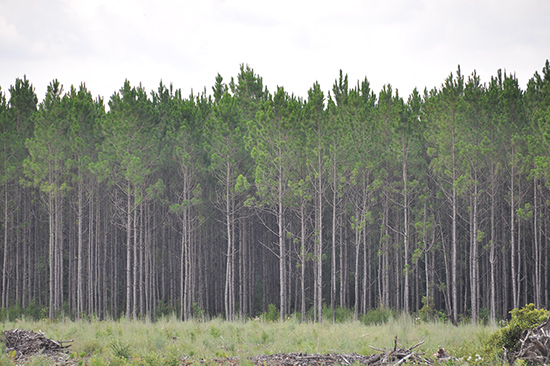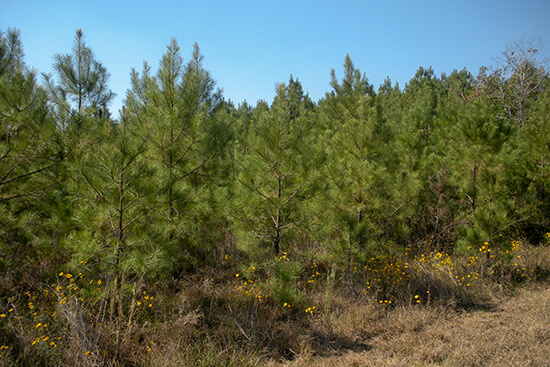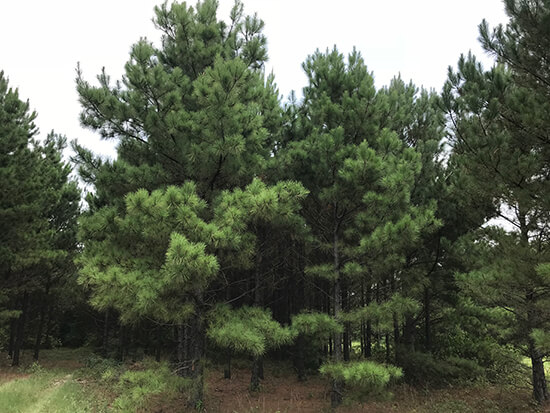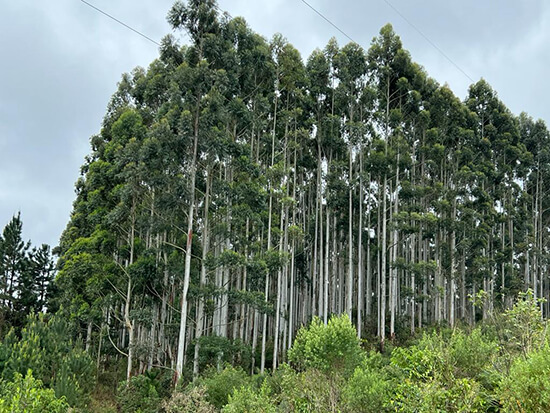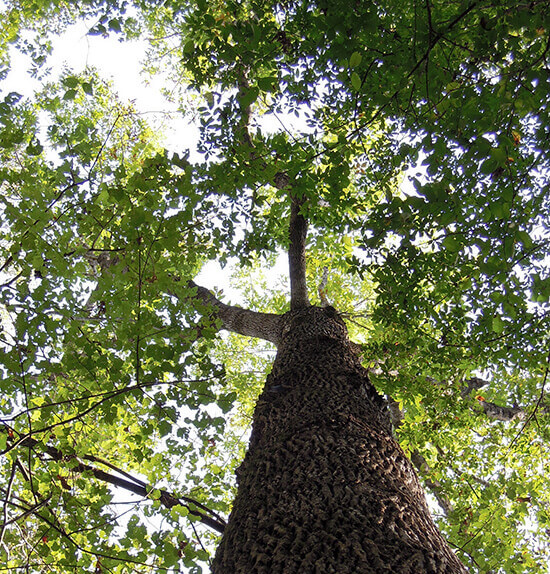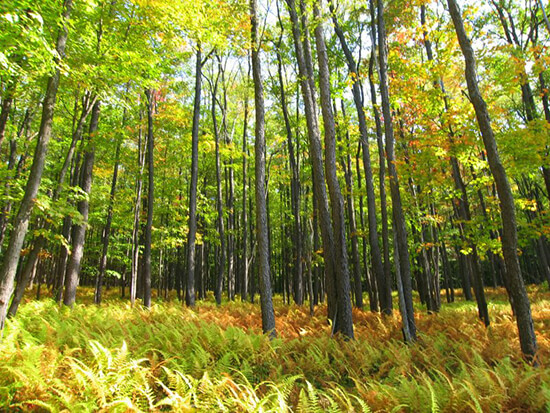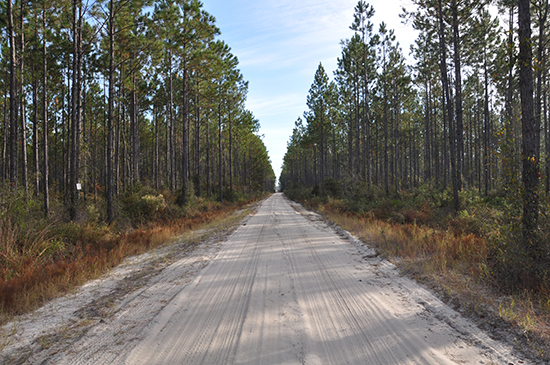FAQs
What are the primary reasons to invest in timberland?
Timberland offers numerous benefits that distinguish it from other investments, including:
- Timberland investments are driven primarily by the biological growth of the trees – a unique attribute not available from other financial assets.
- Timber is a stable asset class with low volatility when compared to other financial assets.
- Institutional timberland investments have a 35-year history of delivering returns that are uncorrelated with other financial and real assets.
- As a real asset, timber returns are positively correlated with inflation, which is a bonus for long-term investors seeking capital preservation.
How does an institution gain exposure to this asset class?
The ways investors can gain exposure to timberland include:
- Purchasing it themselves
- Purchasing publicly traded shares in a timber REIT
- Engaging with a Timberland Investment Management Organization (TIMO) to purchase and manage timberland on their behalf (private placement timberland investment).
Each of these investments has its own risk-return profile and investment attributes. The option that fits best for any investor is a function of the objectives the investor has with respect to the asset class.
Timberland Investment Management Organizations (TIMOs) offer investors both separately managed accounts, where the investor owns its properties directly, and funds, which are typically commingled and have defined investment horizons.
TIMOs have been actively managing timber for large institutional investors, both tax-exempt and taxable, since the late 1980s.
What are the distinct advantages of Forest Investment Associates?
FIA is uniquely positioned to serve our clients with excellence. We stand apart from other organizations because of the following factors:
- FIA was a pioneer in institutional timberland investing and has one of the most experienced teams in the industry.
- FIA is majority-owned by its employees. This allows for greater alignment of interests with our clients.
- FIA primarily offers separately managed accounts, which allow for customization and flexibility with client goals and objectives when compared to fund investments.
- FIA’s structure offers cost-effective and transparent forest management, which are key in today’s investment environment.
What are the risks associated with timber investments?
Physical risks include fire, wind and disease. These are mitigated through active management and portfolio diversification. Standing timber insurance is also available. Historically, physical risks account for a less than 0.5 percent loss annually on timberland portfolios.
Market risk is the movement of timber prices. This is mitigated through spatial, temporal, and end-use market portfolio diversification.
Is timber a sustainable investment?
Timber is naturally one of the most sustainable investments available, as the growth of the trees is an efficient and constant mode of carbon sequestration. The very nature of growing and managing forests in a responsible manner makes timberland one of the most sustainable investments available to investors.
Timber managers replant acres that are harvested to get the land back into the growth cycle as soon as possible using forest management techniques that ensure compliance with forest practices laws and best management practices. For decades, managers have identified environmentally sensitive areas and managed those areas to protect water quality and wildlife.
Additionally, well-managed working forests provide a wide range of goods and services beyond the production of wood fiber. Our forests provide clean and plentiful water, enhanced air quality, valuable jobs to rural communities, recreational opportunities and wildlife habitat.
Is timberland a renewable resource?
Timber is regenerated after harvest, and the growth cycle begins anew.
Furthermore, timberland investment promotes the use of renewable products like lumber, pulp and paper, and encourages the establishment and maintenance of healthy forests. These healthy forests contribute to increased carbon sequestration, economically healthy rural communities, and societal goods and services like clean water and wildlife habitat.
Is now a good time to invest in this asset class?
The outlook for the U.S. economy, and especially the housing sector, is positive, making now an interesting time to evaluate timber investments. Specifically, the upward trajectory of housing started during the Great Financial Crisis, and the fact that a large portion of the population in the U.S. are just reaching home-buying age provide tailwinds for timber over the medium-term.
The outlook for timberland returns varies by geographic region. In general, investments made outside the U.S., particularly in Latin America, offer higher returns than domestic U.S. investments but also involve higher risk due to a range of factors including, but not limited to, exchange rate risk and country-specific political risk.
Institutional interest in timber has waned since the global financial crisis as investors have sought higher returns in other real assets, such as agriculture and infrastructure. However, many sophisticated and longer-term investors see this as a buying opportunity and are exploring the asset class again.
Overall, as financial asset volatility rises, an investment in timber can provide needed diversification and reduce portfolio risk.
Where are the investable areas of forestland across the world?
The main areas for institutional grade timber investments are:
- The United States, including the South, the Pacific Northwest, the Northeast and the Lake States
- Latin America, including Central and Southern Brazil, Chile and Uruguay
- Australia
- New Zealand
There are other areas where investments have been made, but the risk-return profiles of these generally do not meet FIA’s requirements.
What are the drivers of return?
Acquisition price and timing are large components of total return, especially in the short- to medium-term fund investments. Over the long term, however, it has been demonstrated many times that biological growth is the primary driver of returns.
Quality and productivity of timberland assets are also key factors. More productive properties, in general, respond better to active forest management and will sustain higher biological growth, while properties in strong markets will have more opportunities for higher timber sale prices.
Active management post-acquisition can also impact returns. This includes incorporating the most current silvicultural practices, as well as recognizing higher value uses and alternative revenue streams as markets change over time.
What are the key value end-uses of timber?
The U.S. housing market, including both new construction and remodeling, is an important driver of price for solid wood products in the U.S. (lumber and plywood).
Log markets are global and economic conditions in growing markets, particularly Asian markets such as China, have a large impact on prices of some log grades in Australasia and the Pacific Northwest.
General economic climate affects some pulp and paper markets, while others are less impacted by general economic cycles.


